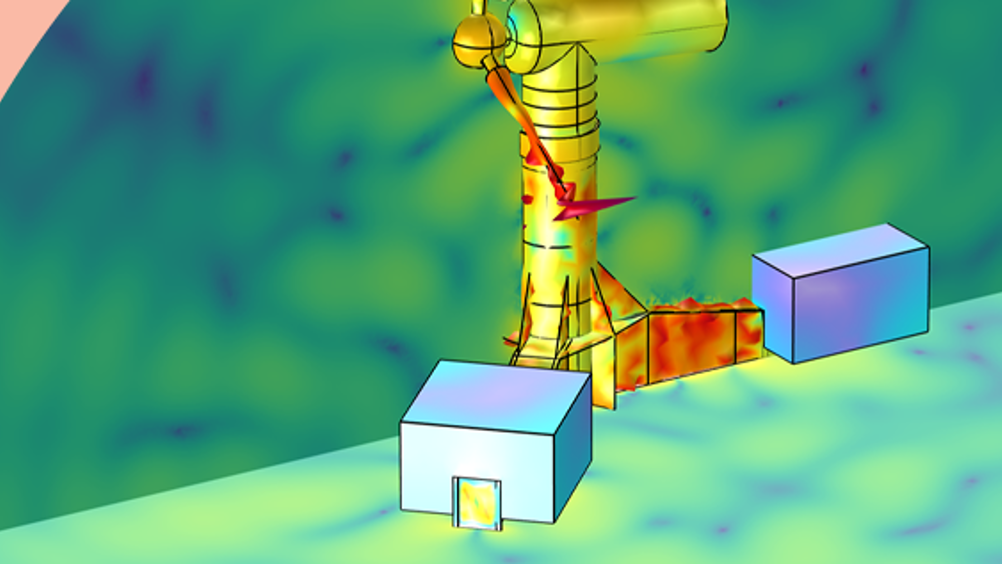Promoted Content: Designing Tidal Turbines That Are Safe for Marine Life
Brett Marmo, technical director of Xi Engineering, discusses using acoustics simulation to analyse the impact of tidal turbines on harbour seals.

Creating clean energy alternatives for energy sources that generate greenhouse gas is crucial if we are to avoid excessive global heating and the rising climate crisis. A viable, renewable energy source are ocean tides, which, unlike solar and wind resources, are not weather dependent, making them predictable. Tidal energy can be harnessed by deploying tidal turbines into tidal streams. This process is the foundation of the MeyGen project, a massive renewable energy project that is planned to be the world’s largest tidal energy plant. Recently, an array of tidal turbines has been deployed at this project site, where tides flowing between the Atlantic Ocean and North Sea are funnelled into a high-energy stream between mainland Scotland and the Island of Stroma.
A Goldilocks Approach to Tidal Turbine Design
While curbing greenhouse gas emissions is important to the wellbeing of the earth, it must be done in a manner that does not have other detrimental environmental impacts. In the case of tidal turbines, environmental impacts may include the risk of injury to marine species, such as collision with a turbine’s moving parts or high levels of operational noise. There is a “Goldilocks” noise level of operational noise that turbines produce; it’s desirable that the level be loud enough to warn marine species of the presence of the turbine to allow them to avoid collision, while being not so loud to cause them injury.
Register now to continue reading
Thanks for visiting The Engineer. You’ve now reached your monthly limit of premium content. Register for free to unlock unlimited access to all of our premium content, as well as the latest technology news, industry opinion and special reports.
Benefits of registering
-
In-depth insights and coverage of key emerging trends
-
Unrestricted access to special reports throughout the year
-
Daily technology news delivered straight to your inbox










Water Sector Talent Exodus Could Cripple The Sector
Maybe if things are essential for the running of a country and we want to pay a fair price we should be running these utilities on a not for profit...